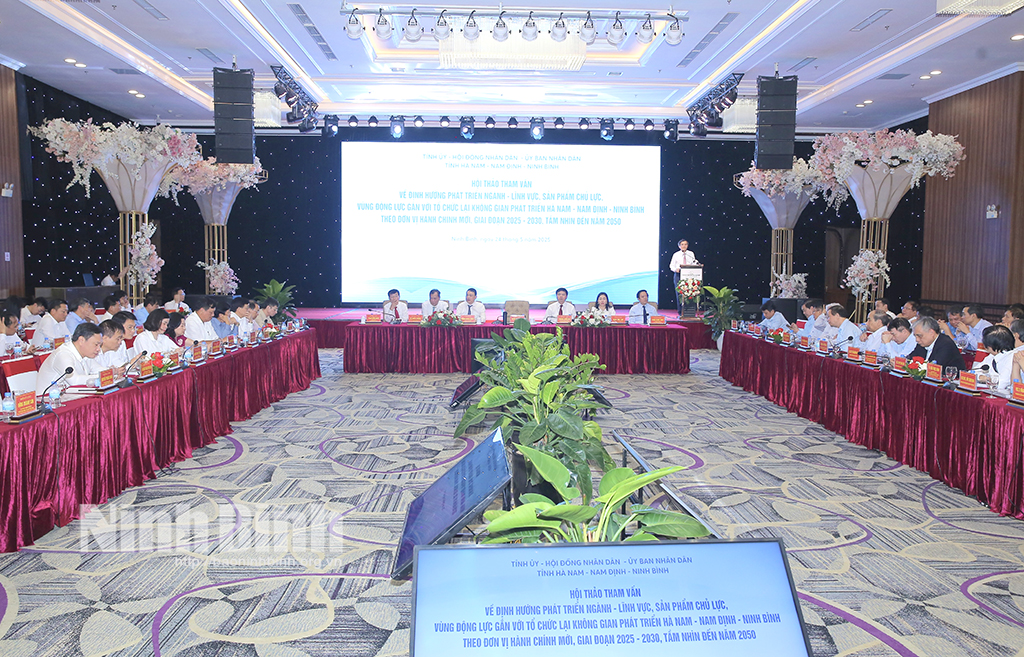
The three discussion sessions focused on: "Identifying the potential and advantages of sectors and localities in Ha Nam , Nam Dinh and Ninh Binh", "Orientation for the development of sectors and key products according to new administrative units, period 2025-2030, vision to 2050" and "Orientation for the development of dynamic regions according to new administrative units, period 2025-2030, vision to 2050".
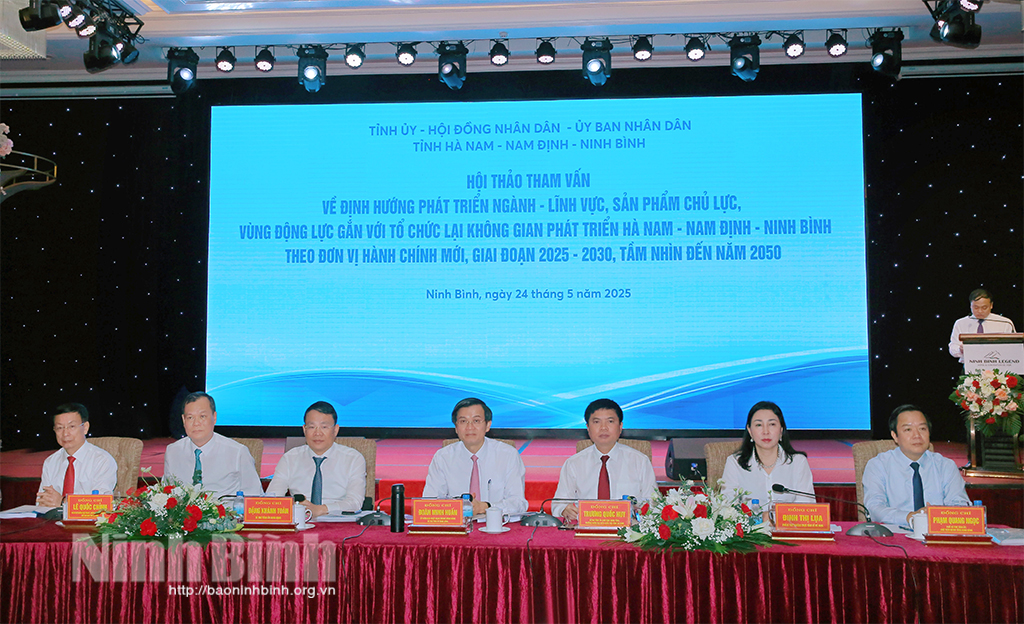
The leaders of the three provinces chaired the workshop.
Delegates, experts, scientists and researchers all affirmed that the merger of the three provinces is a great opportunity to combine strengths, effectively exploit potentials and advantages, and create new and stronger development momentum. To successfully implement these orientations, it is necessary to have the consensus of the entire political system and the people; along with synchronous and scientific planning; breakthrough mechanisms and policies and effective investment of resources.
Experts have given specific directions to exploit the maximum potential of the merged area. Specifically, Associate Professor, Dr. Nguyen Thi Thu Phuong and Professor, Dr. Dao Xuan Hoc both affirmed the great potential of the tourism and cultural industry, especially with a rich system of tangible and intangible heritages, natural and cultural heritages. To turn this industry into a national and international economic spearhead, it is necessary to: Develop a project to develop cultural industry in conjunction with medium and long-term local planning; create a cultural industry map integrating tourist destinations, cultural heritages, natural heritages and heritage cities; prioritize investment in cultural industry in industry, regional and international linkages.
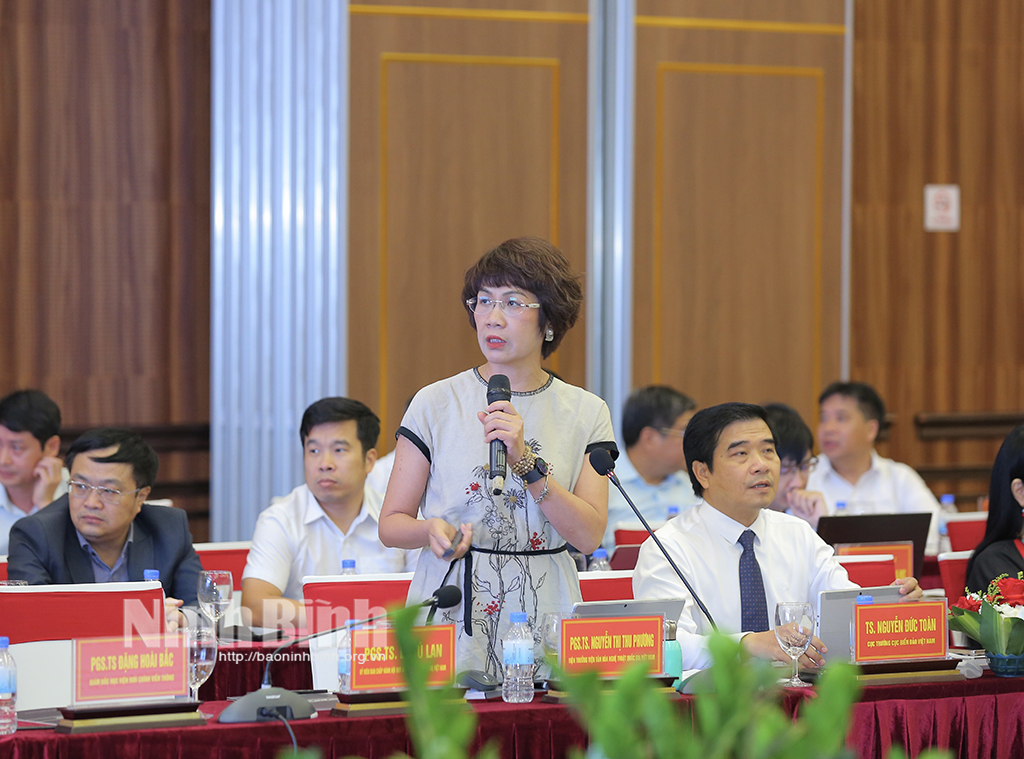
Prof. Dr. Dao Xuan Hoc proposed developing high-tech industry and supporting industry as the main growth driver. In particular, Prof. Tran Tho Dat emphasized the great opportunity for the digital economy after the merger, when creating a large-scale, integrated and interconnected development space.
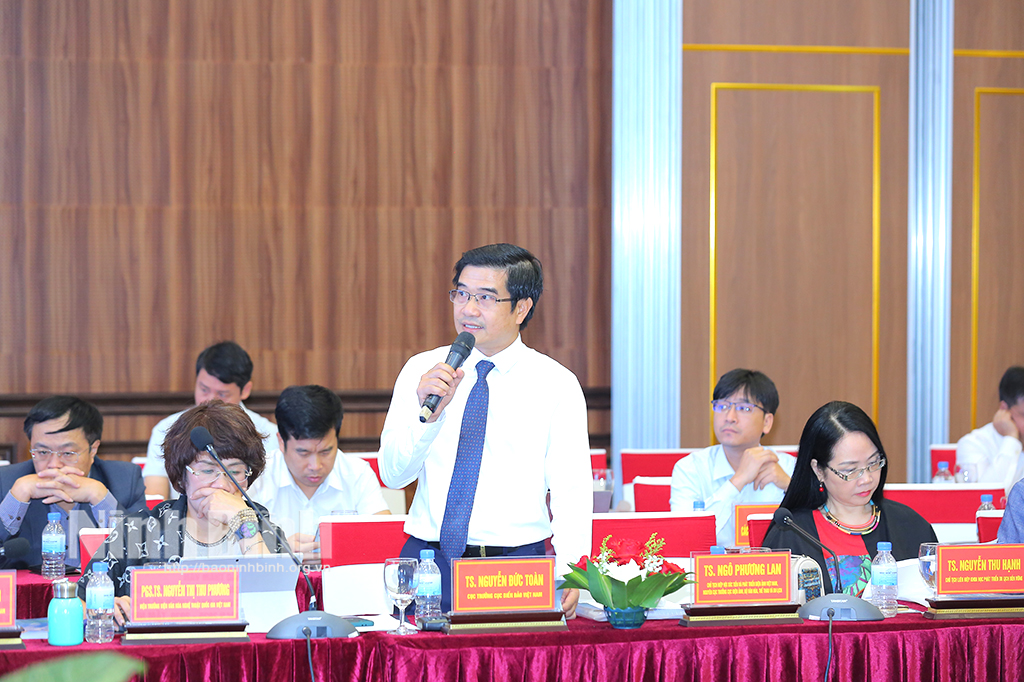
Dr. Nguyen Duc Toan and Architect Tran Ngoc Chinh both agree on the potential for marine economic development, especially with the long coastline of Nam Dinh and Ninh Binh. To exploit it effectively, Ninh Binh province needs to invest in developing sustainable marine tourism and services. Develop modern and green maritime logistics. Invest in sustainable aquaculture and renewable energy. Focus on developing the coastal economic corridor along the Quang Ninh-Hai Phong-Thai Binh-Nam Dinh-Ninh Binh axis.
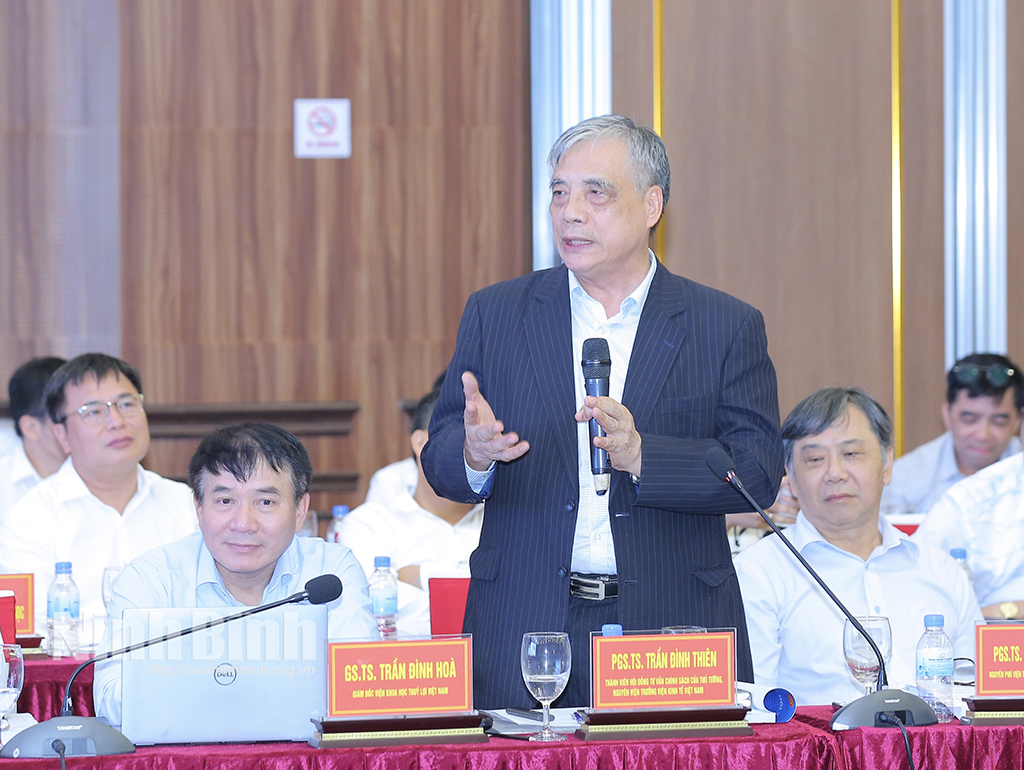
Associate Professor, Dr. Tran Dinh Thien emphasized that the three provinces are developing rapidly and need to turn pressure into motivation. To create overall strength, a systematic and long-term planning approach is needed. Along with exploiting existing advantages, investment in developing industrial infrastructure, high technology and marine economic zones is extremely important. All experts agreed on the importance of focusing on training high-quality human resources, integrating digital technology and artificial intelligence, aiming to build the new provincial area into a world-class human resource training center.
The workshop also recorded many enthusiastic opinions proposing multi-sector, multi-center, sustainable economic development models. The proposals include specific, outstanding mechanisms to promote breakthroughs; innovate methods of resource mobilization and allocation; mobilize all resources (State, people, domestic and foreign enterprises) associated with effective use. At the same time, the analysis also clarified the tasks of contributing to realizing the goal that by 2035, the new Ninh Binh province after the merger will become a centrally-governed city with the characteristics of a heritage urban area, a green, modern, livable and ambitious Ninh Binh.
In his closing speech at the workshop, comrade Doan Minh Huan, member of the Party Central Committee and Secretary of the Ninh Binh Provincial Party Committee, summarized the main contents discussed, emphasizing three core points to guide the new development space strategy, creating a breakthrough for the new Ninh Binh province.
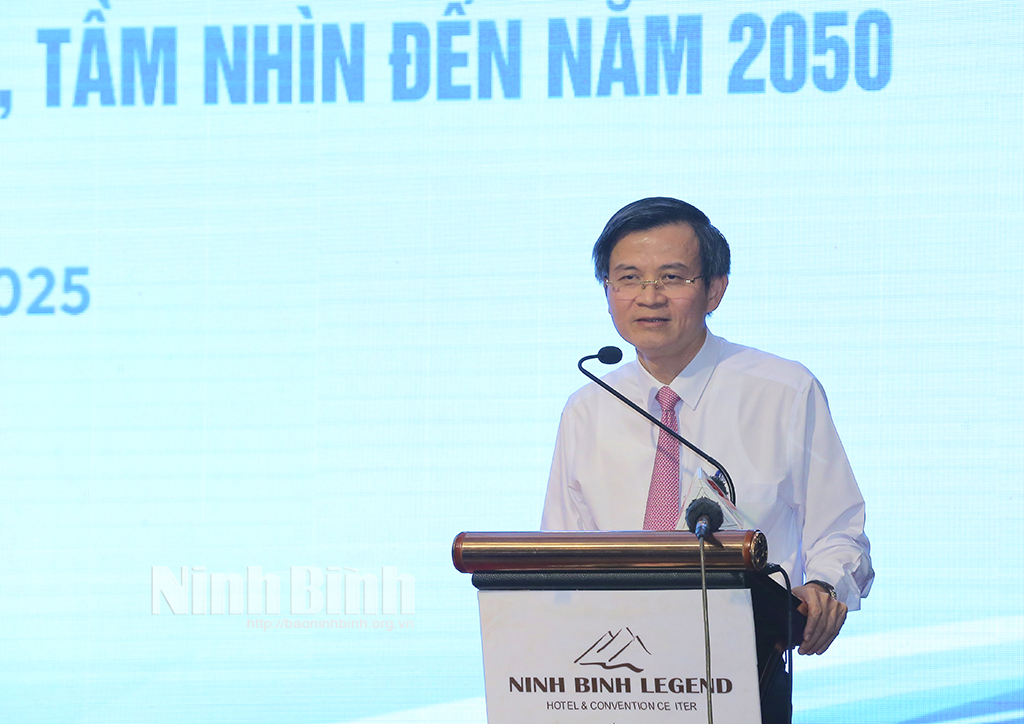
The first is to identify the invisible and tangible potentials, dynamic and static advantages of the three provinces when merging. In particular, the dynamic advantage based on the mindset and readiness of the new province, along with the transformation of the leadership team's mindset, will create a synergistic strength, overcoming the division and limitations from the old mindset or narrow geographical space before. He emphasized: "Potentials can only be exploited and promoted when they are transformed, energized, resourced and capitalized to serve common development."
Second, the new administrative unit poses different requirements in restructuring dynamic regions and resolving the relationship between urban and rural areas when forming new development corridors. Therefore, reviewing, adjusting, supplementing and merging the planning of the three provinces is an urgent task. The new planning needs to inherit and continue the old planning but must follow a new spirit and thinking, creating a new development space.
Third is to clearly define and position the role and position of the unified Ninh Binh province in the Red River Delta region, the urban network (especially with the megacities of Hanoi and Hai Phong), the national territorial structure and the international level. Many articles have approached deeply, not only considering Ninh Binh as the southern gateway to the capital but also the exit of the North Central region when going to the Red River Delta and to the northern border.
Opinions have analyzed how to exploit this important position of the new Ninh Binh and pointed out the limitations of the connecting transport system, especially international logistics, the lack of international airports and seaports. This is a bottleneck that needs to be prioritized to be removed so that the new Ninh Binh can catch up with the development of other provinces in the Red River Delta.
In addition, the articles and speeches at the Workshop emphasized the potential and advantages of new thinking, turning static resources (geographical location, heritage resources, culture, humanity, land) into development drivers through capitalization and transformation (for example: turning heritage resources into assets, human resources into drivers, capitalized land resources), associated with green growth.
Along with that is the determination of industries, fields and the order and position of each industry and each dynamic region for development. Most delegates highly agreed that the new Ninh Binh province will take tourism, cultural industry and entertainment industry as key economic clusters.
In addition, develop high-tech industry according to industrial ecosystem thinking, grow according to a new model based on science and technology, innovation and digital transformation. Take research institutes and universities as the core to promote business formation, commercialize innovative ideas and inventions.
Among the sectors and fields that need restructuring, agriculture and rural areas are also a focus. Agriculture needs to transform from traditional to ecological agriculture, applying high technology and multi-value, not only ensuring food security but also integrating the function of protecting the environment, landscape and responding to climate change. Rural areas need to preserve and promote cultural identity, agricultural heritage values and rural economy, planning rural areas and craft villages associated with tourism development.
With a 90 km coastline, along with a river and hydrological system, the province also needs to fully understand the location and advantages of the river landscape to both develop tourism and coastal and riverside urban areas, while adapting to climate change and protecting the ecological environment.
Secretary of the Provincial Party Committee Doan Minh Huan once again emphasized that the new Ninh Binh province has very different characteristics in the future when it is oriented to become a centrally-governed city as a dual urban area to other urban areas in the region, not a satellite or counterweight urban area. A dual urban area is an urban area that compensates for the shortcomings of other megacities; not only developing as a tourist city, ecological logistics, entertainment industry, and resort for the megacity of Hanoi, but many other aspects such as education, science and technology must also reach international standards...
On behalf of the Organizing Committee, Secretary of the Provincial Party Committee Doan Minh Huan thanked scientists, experts, businesses, and managers for their high sense of responsibility, love, and dedication to the development of the three provinces of Ha Nam, Nam Dinh, and Ninh Binh, especially in the current context of the new merger that requires a completely different mindset, vision, and approach than before.
He affirmed that he would fully absorb the opinions, advice and reports of the delegates, hoping that in the coming time there would be more specific consultations on each topic, helping Ninh Binh to have a methodical and visionary development strategy, achieving the goal of breaking out of some low-lying areas in some aspects and becoming a highlight on the country's development map when entering a new era, an era of national prosperity.
Source: https://baoninhbinh.org.vn/dinh-huong-khong-gian-phat-trien-ha-nam-nam-dinh-ninh-binh-889982.htm


![[Photo] Vietnamese and Hungarian leaders attend the opening of the exhibition by photographer Bozoky Dezso](https://vphoto.vietnam.vn/thumb/1200x675/vietnam/resource/IMAGE/2025/5/28/b478be84f13042aebc74e077c4756e4b)

![[Photo] General Secretary To Lam works with the Central Policy and Strategy Committee](https://vphoto.vietnam.vn/thumb/1200x675/vietnam/resource/IMAGE/2025/5/28/7b31a656d8a148d4b7e7ca66463a6894)
![[Photo] Prime Minister Pham Minh Chinh receives a bipartisan delegation of US House of Representatives](https://vphoto.vietnam.vn/thumb/1200x675/vietnam/resource/IMAGE/2025/5/28/468e61546b664d3f98dc75f6a3c2c880)
![[Photo] 12th grade students say goodbye at the closing ceremony, preparing to embark on a new journey](https://vphoto.vietnam.vn/thumb/1200x675/vietnam/resource/IMAGE/2025/5/28/42ac3d300d214e7b8db4a03feeed3f6a)


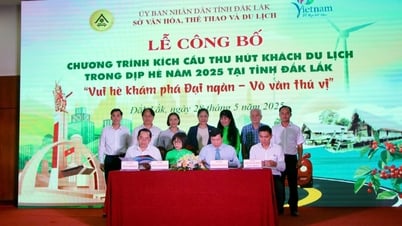

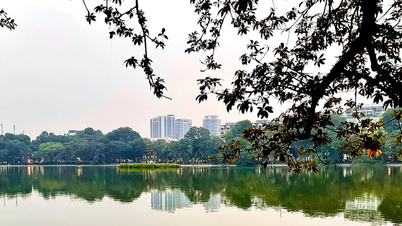



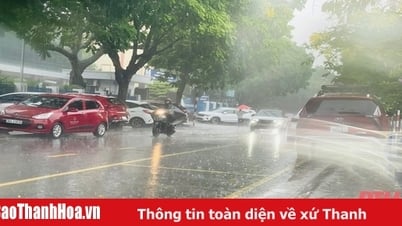







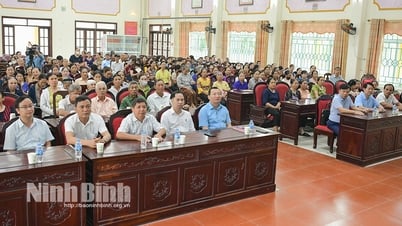

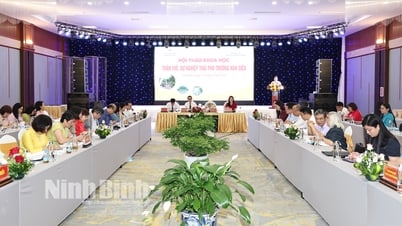
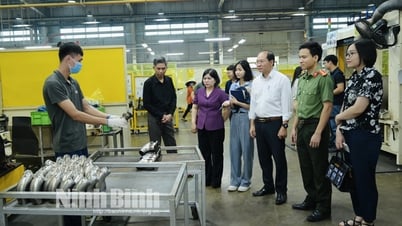
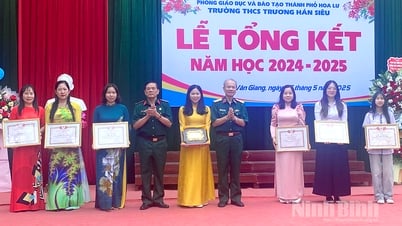






















































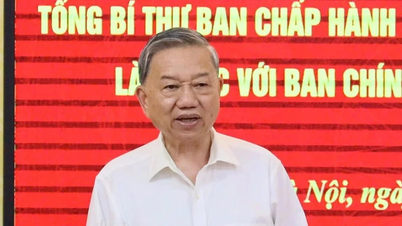
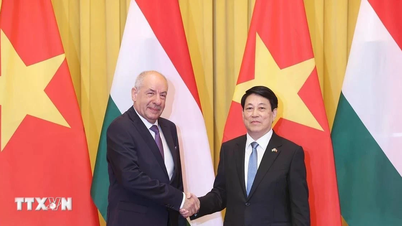


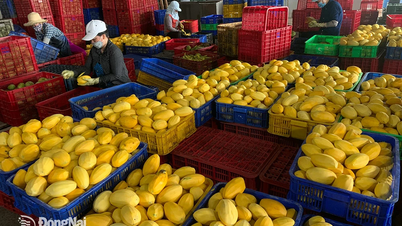







Comment (0)